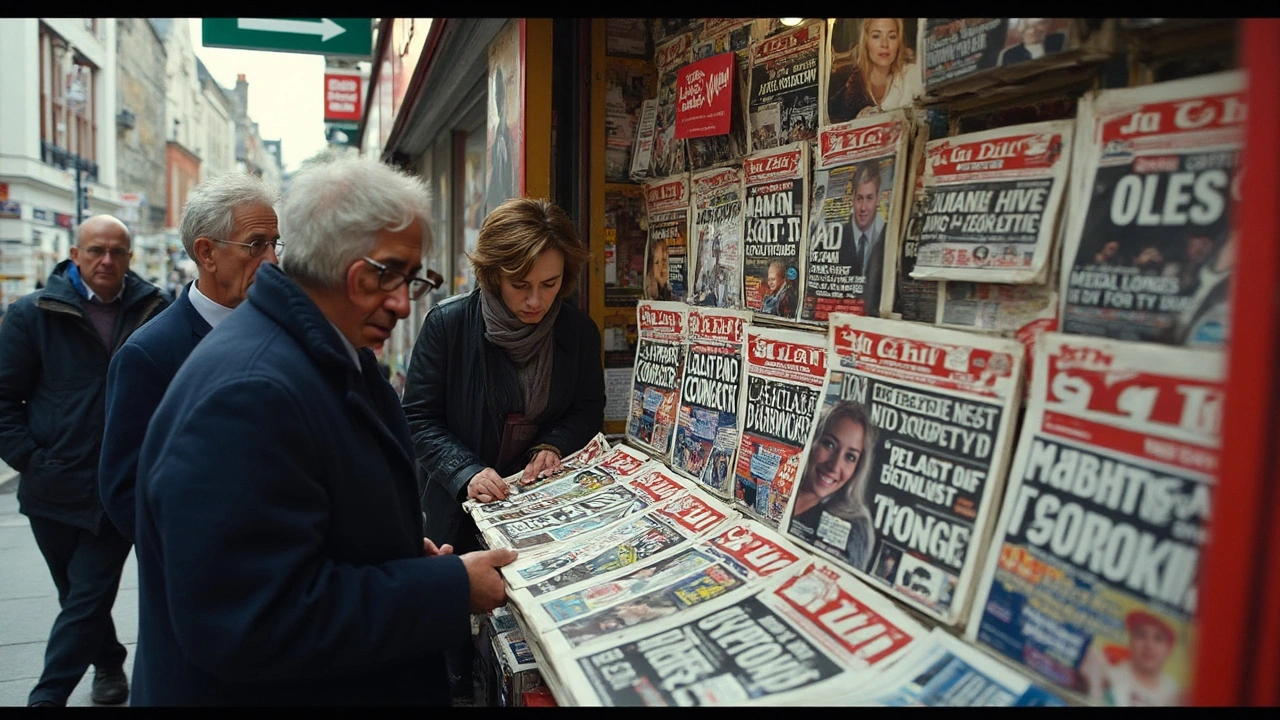Understanding Political Bias in UK News
Ever wonder why two papers can report the same event so differently? That’s political bias at work. In the UK, magazines, newspapers and even online sites often have a hidden agenda that steers the story toward a certain viewpoint. Knowing how this bias shows up helps you cut through the noise and get a clearer picture.
Spotting bias in headlines and stories
First clue is the headline. If it uses strong adjectives like "shocking" or "outrageous" without solid facts, the writer is trying to push a reaction. Look at the language – neutral words keep it fair, while loaded words signal a slant. Compare the same news on a few outlets. The Guardian may frame a policy as "progressive," while the Daily Express could call it "controversial." Those differences hint at underlying bias.
Another tell‑tale sign is story placement. Articles that support a political party often get front‑page space, while opposing views are buried deeper. Also watch for selective quoting – if a piece only shows one side of a debate, the writer likely favors that side. Asking yourself who is quoted and who is left out can reveal a lot.
Why ownership matters
Who owns a newspaper can shape its politics. The Financial Times, for example, has a long‑standing reputation for a centre‑right stance, while the Guardian is owned by the Scott Trust, which guarantees editorial independence but still leans left. Knowing the owners helps you predict the tilt before you even read the article.
Media conglomerates also cross‑promote stories that match their interests. If a parent company has stakes in a particular industry, its publications may downplay negative news about that sector. Spotting these patterns reduces the chance of being nudged by hidden agendas.
So what can you do? Start by diversifying your sources. Mix a traditionally left‑leaning outlet like the Guardian with a right‑leaning one such as the Daily Express. Read the same story on both and note the differences. Over time you’ll spot the common tricks – sensational language, selective facts, and skewed placement.
Another tip is to check the "about" page of a news site. Most UK publications proudly list their editorial mission and ownership details. A quick glance tells you whether the outlet aims for impartial reporting or has a clear political edge.
When you read an article, ask yourself three quick questions: Who benefits from this angle? Are both sides of the issue represented? Is the language neutral? If you answer "no" to any, you’ve probably encountered bias.
Finally, remember that bias isn’t always malicious. Sometimes it’s simply the writer’s perspective, shaped by personal experiences. Recognising it doesn’t mean you have to dismiss the story – just take it with a grain of salt and look for additional viewpoints.
Political bias is everywhere in UK media, but with a few habits you can stay ahead. Keep an eye on headlines, know who owns the paper, and compare multiple sources. That’s the fastest way to cut through the spin and get the real story.

Is the Sun Left or Right-Wing? Breaking Down the Tabloid's Political Leanings
Curious if the Sun is more left or right-wing? Look no further. This article dives into the tabloid’s long reputation, its election headlines, and how its political stance affects readers and politics in the UK. We’ll go beyond rumors, highlight real examples, and share tips for spotting bias. Whether you’re a daily reader or a politics newbie, this is a practical breakdown everyone can follow.
READ MORE
Discover Alternatives to Political Bias Assessments In News Outlets
This article explores alternatives to evaluating whether news outlets, like The New York Sun, are left or right-leaning. By focusing on different evaluation methods, readers can gain insight into the complexities of media bias and discover practical approaches to better understand the political leanings of news sources.
READ MORE
9 Alternatives to 'Is the Guardian Left or Right?' in 2025
Exploring different ways to assess The Guardian's political alignment, this article offers alternatives that blend clarity, depth, and simplicity. It presents nine strategies to understand the newspaper's stance, providing insight into how perceptions of media bias can also be shaped by these methods. This guide aims to help readers make informed judgments about the content they consume.
READ MORE